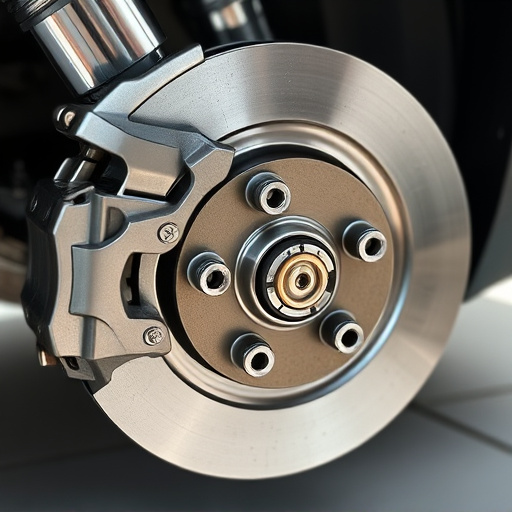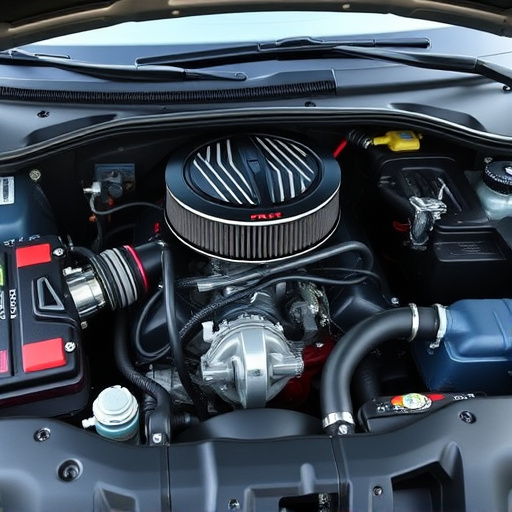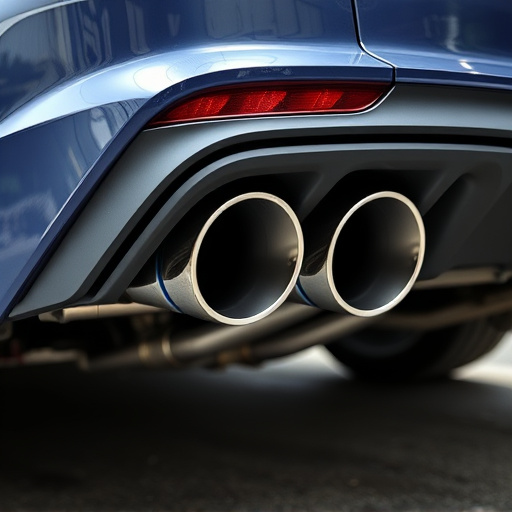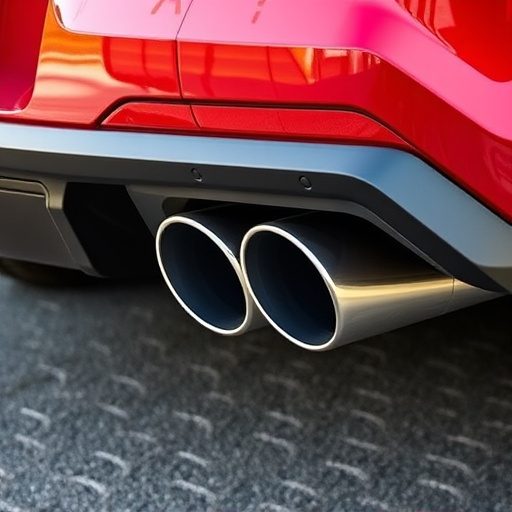An adjustable suspension system offers drivers precise control over their vehicle's ride, enhancing handling dynamics and potentially improving fuel efficiency. These systems adjust shock absorbers and springs in real-time, lowering the center of gravity for better cornering. Adjustable coilover kits provide granular control over ride height and damping settings, while performance exhausts and strategic components further elevate driving pleasure. By fine-tuning settings, drivers can optimize handling, reduce tire wear, minimize drag, and ultimately achieve better fuel economy.
Adjustable suspension systems have gained popularity among automotive enthusiasts, offering enhanced control and comfort. But do these customizable setups impact fuel efficiency? This article explores the intricate relationship between adjustable suspensions and a vehicle’s fuel economy. We’ll delve into how these systems work, their influence on performance, and the scientific evidence behind their potential to save fuel. By understanding these factors, drivers can make informed choices for both driving dynamics and cost savings.
- Understanding Adjustable Suspension Systems and Their Functionality
- The Role of Suspension in Vehicle Fuel Efficiency
- How Adjustability Affects Fuel Economy: Evidence and Considerations
Understanding Adjustable Suspension Systems and Their Functionality

Adjustable suspension systems are a modern automotive innovation designed to offer drivers enhanced control over their vehicle’s ride characteristics. These systems typically involve mechanical or electronic mechanisms that allow for real-time adjustments to the suspension’s stiffness and height. By modifying these parameters, drivers can tailor the vehicle’s behavior to suit various driving conditions and preferences. The core components of such systems often include shock absorbers, springs, and control modules that work in tandem to provide a smooth yet responsive ride.
These adjustable suspension systems are particularly appealing for enthusiasts who want to optimize their cars’ performance. For instance, lowering the vehicle’s center of gravity through height adjustment can improve handling dynamics, especially during cornering. Additionally, adjustable coilover kits, a popular choice among car owners, offer fine-grained control over ride height and damping, allowing for precise tuning. When paired with performance exhaust systems and meticulously selected suspension components, these customizable setups contribute to a more engaging driving experience while potentially hinting at fuel efficiency improvements through refined vehicle dynamics.
The Role of Suspension in Vehicle Fuel Efficiency
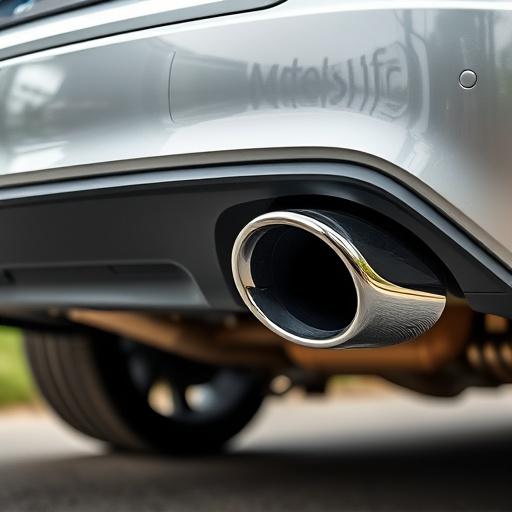
The suspension system plays a significant role in determining a vehicle’s fuel efficiency. In modern vehicles, an adjustable suspension system allows for fine-tuning the vehicle’s performance and handling, but its impact on fuel economy is equally important. The primary function of a suspension is to ensure smooth riding by absorbing impacts from road irregularities, thus reducing the stress on critical components like tires, brakes, and drivetrain. By maintaining optimal tire contact with the road, an efficient suspension contributes directly to better fuel economy.
Furthermore, adjustable suspension systems can be fine-tuned for various driving conditions, allowing drivers to optimize their vehicle’s performance. For example, a sport-focused setting might lower the car, improving handling but potentially increasing drag. Conversely, a more comfortable ride setting could slightly reduce speed limits and maintain steady speeds, thereby minimizing fuel consumption. Thus, an adjustable suspension system offers a dual benefit: enhancing driving dynamics while enabling drivers to make adjustments that can lead to improved fuel efficiency, especially when combined with other modifications like high-performance muffler tips or upgraded brake pads.
How Adjustability Affects Fuel Economy: Evidence and Considerations

Adjustable suspension systems offer a unique advantage to vehicle owners by providing control over their ride height and handling dynamics. This adjustability has both direct and indirect effects on fuel efficiency, with evidence suggesting that it can play a significant role in optimizing fuel economy. By altering the suspension’s settings, drivers can fine-tune their vehicle’s performance to suit various driving conditions, from daily commuting to track days.
The impact of an adjustable suspension on fuel efficiency is multifaceted. Lowering the ride height through adjustment can reduce drag and improve aerodynamics, especially at higher speeds, leading to better fuel economy. Additionally, customizable damping settings allow drivers to fine-tune the vehicle’s response to road irregularities, minimizing unnecessary energy absorption. This precision tuning, often facilitated by advanced suspension kits and intake components, contributes to a more efficient overall performance, with potential savings in fuel consumption over time, particularly when combined with optimal tire selection and a well-maintained engine.
Adjustable suspension systems, while offering enhanced control and comfort, can indeed impact fuel efficiency. As discussed, these systems allow for precise tuning to optimize vehicle dynamics, but their adjustability must be balanced with aerodynamic considerations and rolling resistance. By fine-tuning the suspension settings, drivers can achieve a sweet spot that reduces energy wastage, ultimately contributing to better fuel economy. Understanding this relationship empowers car enthusiasts and fleet managers alike to make informed decisions when it comes to selecting or maintaining vehicles, ensuring both performance and sustainability on the road.






